Regions of Mexico is a country rich in cultural diversity, historical significance, and natural beauty. Its administrative divisions include 32 states and one federal district, each with its own unique characteristics and contributions to the nation’s identity. In this comprehensive overview, we’ll delve into the provinces, also known as states, and their capitals, exploring the historical, cultural, and geographical features that make each region in Mexico special.
1. Aguascalientes
Capital Aguascalientes
Highlights
– Feria de San Marcos Aguascalientes hosts one of Mexico’s most famous fairs, the Feria de San Marcos, known for its traditional celebrations, rodeos, and cultural events.
– Historic Architecture The city of Aguascalientes features colonial-era architecture, including the Aguascalientes Cathedral and the Morelos Theater.
2. Baja California
Capital Mexicali
Highlights
– Baja California Wine Country The Valle de Guadalupe is gaining recognition as a wine-producing region, offering picturesque vineyards and wineries.
– Baja California Peninsula The state is part of the Baja California Peninsula, known for its stunning coastal landscapes and popular tourist destinations like Ensenada.
3. Baja California Sur
Capital La Paz
Highlights
– Archipiélago de Espíritu Santo A UNESCO Biosphere Reserve, this archipelago near La Paz is famous for its diverse marine life, including sea lions and various species of fish.
– Cabo San Lucas A popular tourist destination, Cabo San Lucas offers beautiful beaches, vibrant nightlife, and the iconic natural landmark, El Arco.
4. Campeche
Capital Campeche
Highlights
– Walled City of Campeche The capital is a UNESCO World Heritage site with well-preserved colonial architecture and fortifications, reflecting its history as a port city.
– Calakmul Biosphere Reserve A significant archaeological and natural site, Calakmul is home to ancient Maya ruins and a diverse ecosystem.
5. Chiapas
Capital Tuxtla Gutiérrez
Highlights
– Palenque An ancient Maya city, Palenque is a UNESCO World Heritage site with impressive archaeological ruins, including the Temple of the Inscriptions.
– Sumidero Canyon Located near Tuxtla Gutiérrez, this deep canyon offers breathtaking scenery and opportunities for boat tours.
6. Chihuahua
Capital Chihuahua
Highlights
– Copper Canyon (Barrancas del Cobre) A vast system of canyons larger and deeper than the Grand Canyon, offering stunning landscapes and opportunities for adventure tourism.
– Chihuahua City The state capital features historic sites such as the Metropolitan Cathedral and the Museum of the Republican Loyalty.
7. Coahuila
Capital Saltillo
Highlights
– Cuatro Ciénegas A unique desert ecosystem with thermophilic bacteria and endemic species, recognized as a UNESCO Biosphere Reserve.
– Torreón A major city in Coahuila, known for its industrial and economic significance, with cultural attractions like the Torreón Theater.
8. Colima
Capital Colima
Highlights
– Volcán de Colima One of the most active volcanoes in Mexico, offering hiking opportunities and panoramic views of the surrounding landscape.
– Comala Known as the “White Village,” Comala is a charming town with well-preserved colonial architecture and a laid-back atmosphere.
9. Durango
Capital Durango
Highlights
– Sierra Madre Occidental The state is part of the Sierra Madre Occidental mountain range, providing diverse landscapes and outdoor recreational opportunities.
– Durango City The capital features historic sites such as the Durango Cathedral and the Francisco Villa Museum.
10. Mexico City (Ciudad de México)
Capital Mexico City
Highlights
– Historic Center A UNESCO World Heritage site, the historic center of Mexico City features landmarks such as the Metropolitan Cathedral, the National Palace, and the Templo Mayor.
– Chapultepec Park One of the largest city parks in the world, Chapultepec is home to museums, a zoo, and the iconic Chapultepec Castle.
11. Guanajuato
Capital Guanajuato
Highlights
– Guanajuato City A UNESCO World Heritage site, the capital is known for its well-preserved colonial architecture, colorful houses, and the Callejón del Beso (Alley of the Kiss).
– Guanajuato International Cervantino Festival An annual cultural festival celebrating the arts, literature, and performing arts.
12. Guerrero
Capital Chilpancingo
Highlights
– Acapulco A famous beach resort city, Acapulco is known for its golden beaches, vibrant nightlife, and the iconic cliff divers at La Quebrada.
– Taxco A colonial town famous for its silver mines and traditional silver jewelry.
13. Hidalgo
Capital Pachuca
Highlights
– Real del Monte A historic mining town known for its English influence and traditional Mexican pastries called “paste.”
– El Chico National Park Mexico’s first national park, offering hiking, camping, and outdoor activities.
14. Jalisco
Capital Guadalajara
Highlights
– Tequila The birthplace of tequila, Jalisco is home to the town of Tequila and numerous distilleries producing Mexico’s iconic spirit.
– Guadalajara Mexico’s second-largest city, known for its mariachi music, vibrant culture, and historic sites such as the Guadalajara Cathedral.
15. México (State of México)
Capital Toluca
Highlights
– Teotihuacan An ancient Mesoamerican city with iconic pyramids, including the Pyramid of the Sun and the Pyramid of the Moon.
– Nevado de Toluca Mexico’s fourth-highest peak, offering hiking and stunning views from its crater.
16. Michoacán
Capital Morelia
Highlights
– Morelia A UNESCO World Heritage site, the capital is known for its well-preserved colonial architecture, including the Morelia Cathedral and the Aqueduct.
– Day of the Dead Celebrations Michoacán is famous for its elaborate Day of the Dead festivities, particularly in the town of Pátzcuaro.
17. Morelos
Capital Cuernavaca
Highlights
– Cuernavaca Known as the “City of Eternal Spring,” Cuernavaca offers a pleasant climate, historic sites such as the Cathedral of Cuernavaca, and botanical gardens.
– Tepoztlán A nearby town known for its indigenous markets, the Tepozteco Pyramid, and vibrant cultural scene.
18. Nayarit
Capital T
epic
Highlights
– Riviera Nayarit A coastal region known for its beautiful beaches, luxury resorts, and outdoor activities such as surfing and whale watching.
– San Blas A historic port town with colonial architecture and birdwatching opportunities in the La Tovara National Park.
19. Nuevo León
Capital Monterrey
Highlights
– Monterrey A major industrial and business hub, Monterrey is surrounded by mountains and offers cultural attractions such as the Macroplaza and the Museum of Contemporary Art.
– Cerro de la Silla A distinctive mountain in the Monterrey skyline, offering hiking and panoramic views of the city.
20. Oaxaca
Capital Oaxaca de Juárez
Highlights
– Oaxaca City A UNESCO World Heritage site, the capital is known for its colonial architecture, the Oaxaca Cathedral, and the ancient Monte Albán archaeological site.
– Zapotec and Mixtec Cultures Oaxaca is rich in indigenous cultures, with vibrant traditions, markets, and artistic expressions.
21. Puebla
Capital Puebla de Zaragoza
Highlights
– Puebla City A UNESCO World Heritage site, Puebla City is known for its colonial architecture, including the Puebla Cathedral and the Rosary Chapel.
– Talavera Pottery Puebla is famous for its colorful Talavera pottery, a traditional Mexican ceramic art form.
22. Querétaro
Capital Santiago de Querétaro
Highlights
– Querétaro City A UNESCO World Heritage site, the capital features well-preserved colonial architecture, including the Aqueduct of Querétaro and the Temple of Santa Rosa de Viterbo.
– Wine and Cheese Routes The state is known for its wine and cheese production, and there are scenic routes for tasting tours.
23. Quintana Roo
Capital Chetumal
Highlights
– Cancún A world-renowned tourist destination with beautiful beaches, luxury resorts, and vibrant nightlife.
– Mayan Riviera The coastal region is known for its archaeological sites, including Tulum and Coba, and offers opportunities for snorkeling and diving.
24. San Luis Potosí
Capital San Luis Potosí
Highlights
– Historic Center of San Luis Potosí A UNESCO World Heritage site, the historic center features colonial architecture, including the San Luis Potosí Cathedral and the Plaza de Armas.
– Tangamanga Park One of the largest urban parks in Mexico, offering green spaces, lakes, and recreational activities.
25. Sinaloa
Capital Culiacán
Highlights
– Culiacán The capital is known for its botanical garden, the Cathedral of Culiacán, and its contributions to regional Mexican music.
– Los Mochis A coastal city with access to the Copper Canyon and agricultural landscapes.
26. Sonora
Capital Hermosillo
Highlights
– Sea of Cortez Sonora’s coastline along the Sea of Cortez is known for its marine biodiversity and opportunities for whale watching.
– Desert Landscapes The state features arid landscapes and the iconic saguaro cactus.
27. Tabasco
Capital Villahermosa
Highlights
– La Venta Archaeological Site An Olmec archaeological site with colossal stone heads and other artifacts.
– Centro Histórico of Villahermosa The historic center features colonial architecture, including the Cathedral of the Lord.
28. Tamaulipas
Capital Ciudad Victoria
Highlights
– Tampico A coastal city known for its historic architecture, the Tampico Cathedral, and the Miramar Beach.
– Ciudad Madero Another coastal city with beaches and cultural attractions.
29. Tlaxcala
Capital Tlaxcala de Xicohténcatl
Highlights
– Tlaxcala City The capital is known for its colonial architecture, including the Tlaxcala Cathedral and the Xicohténcatl Theater.
– Cacaxtla An archaeological site with murals and pyramids, showcasing the region’s pre-Columbian history.
30. Veracruz
Capital Xalapa
Highlights
– Port of Veracruz A historic port city with a vibrant cultural scene, featuring the Veracruz Cathedral and the Malecón (boardwalk).
– El Tajín An archaeological site with well-preserved Mesoamerican ruins and pyramids.
31. Yucatán
Capital Mérida
Highlights
– Chichén Itzá A UNESCO World Heritage site and one of the New Seven Wonders of the World, featuring the iconic Pyramid of Kukulcán.
– Cenotes Yucatán is known for its natural sinkholes called cenotes, offering unique swimming and diving experiences.
32. Zacatecas
Capital Zacatecas
Highlights
– Zacatecas City A UNESCO World Heritage site, the capital features well-preserved colonial architecture, including the Cathedral of Zacatecas and the Rafael Coronel Museum.
– La Quemada Archaeological Site An ancient archaeological site with pyramids and ruins.
Conclusion
Mexico’s diverse states and capitals form a mosaic of history, culture, and natural wonders. From the vibrant streets of Mexico City to the ancient pyramids of Teotihuacan, the pristine beaches of Quintana Roo to the cultural richness of Oaxaca, each region contributes to the tapestry of Mexican identity. Whether exploring the colonial charm of Guanajuato or the culinary delights of Puebla, each state invites travelers to discover the richness of Mexico’s past and the vibrancy of its present. With a legacy deeply rooted in indigenous cultures, colonial history, and a continuous celebration of traditions, Mexico remains a captivating destination for those seeking a multifaceted and enriching experience.


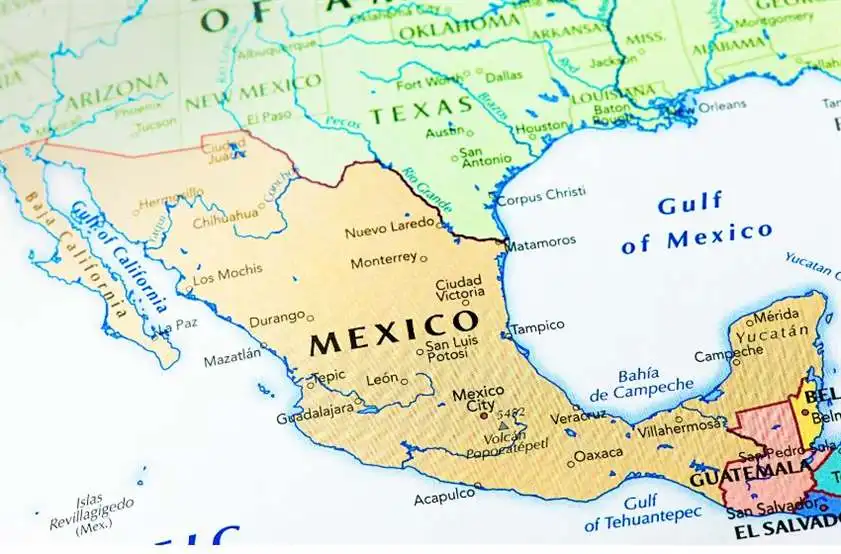

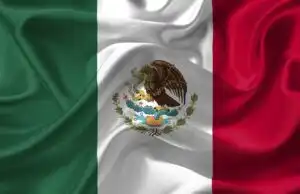
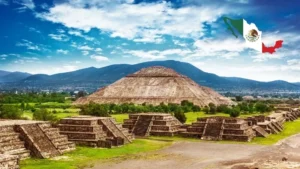

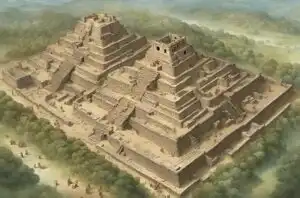

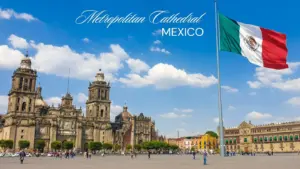

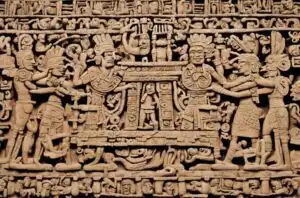

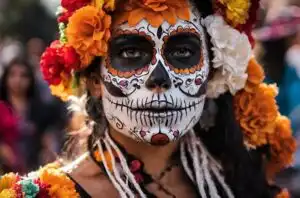
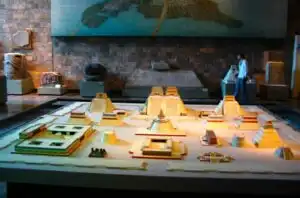
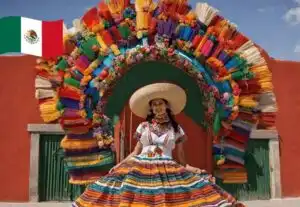




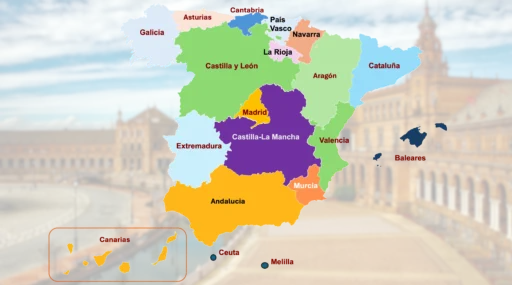




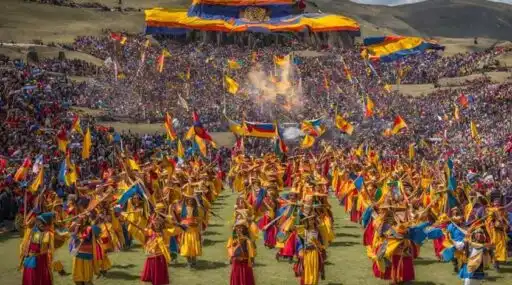
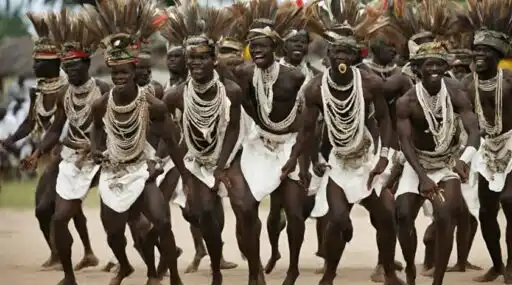
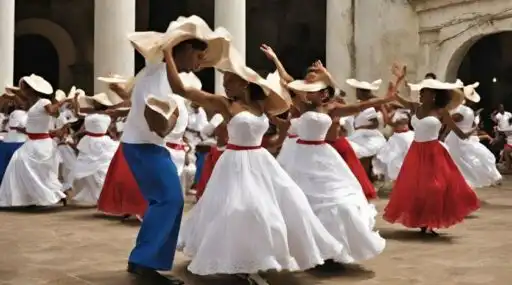


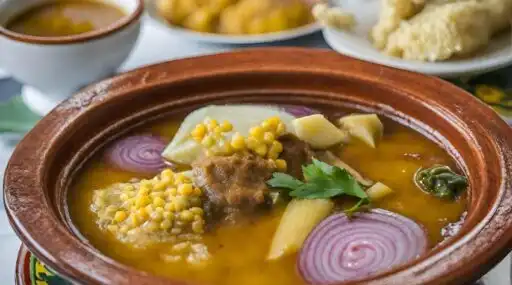


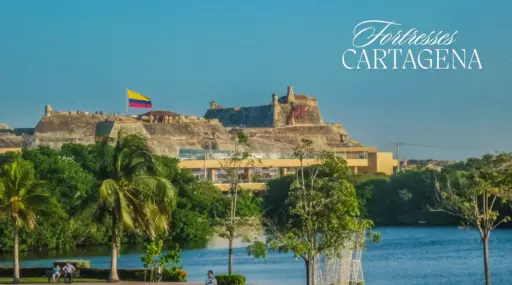


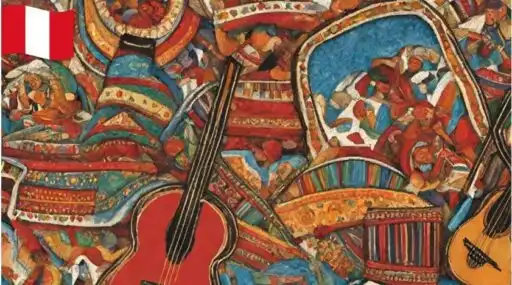

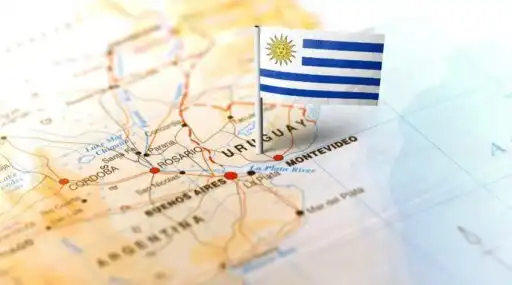



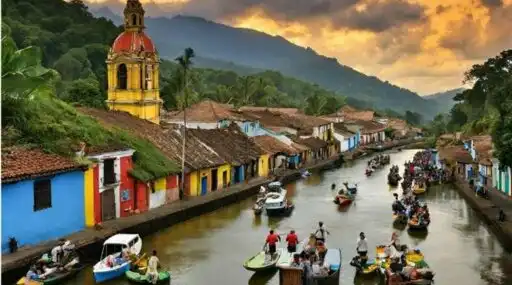

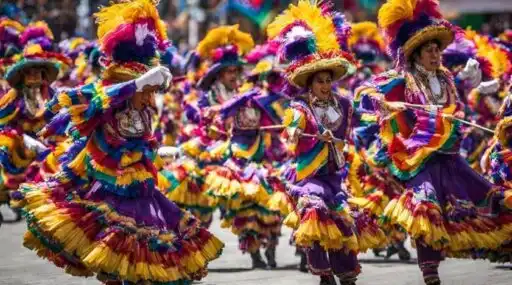



Leave a Reply